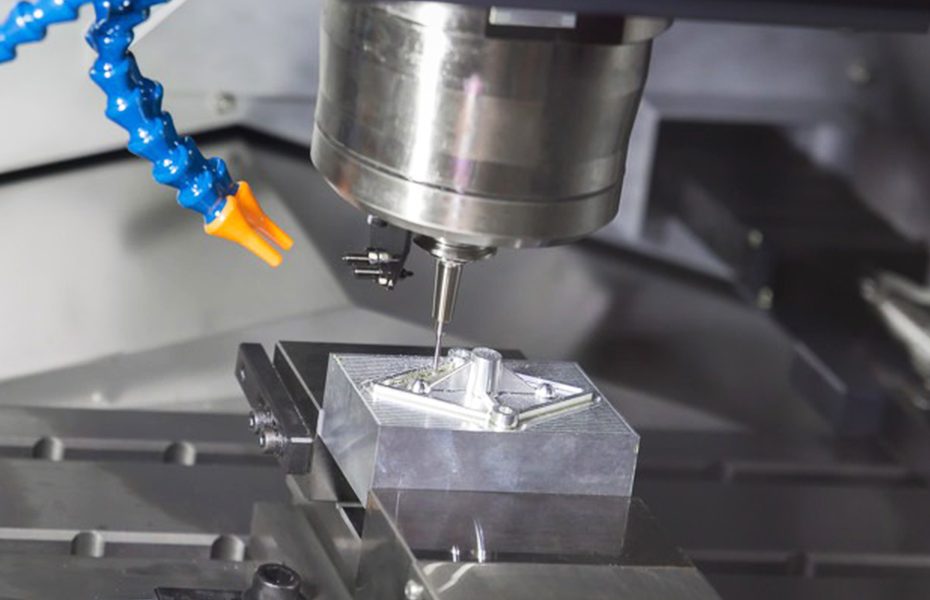CNC machining has been considered for prototyping for several years now. Even if there are different additive prototype manufacturing processes dominating the market, the contribution of CNC prototyping is still valuable. Additive prototyping methods may deem fit for building visual prototypes but for creating functional prototypes, the CNC machining is considered suitable.
An Overview of CNC Rapid Prototyping
CNC rapid prototyping is a process of manufacturing functional prototypes of products using the Computer Numeric Machining (CNC) process. In this process, a digital replica of the product to be manufactured is created, and then the CNC code is updated to the CNC machine for manufacturing the prototype.
Rapid prototyping in CNC machining is a subtractive process. In this process, the CNC tool removes material from the workpiece in order to manufacture a physical prototype. Rapid prototyping in CNC machining is often selected for the prototypes that need to “look-alike-work-alike” a final product. Unlike, additive rapid prototyping, CNC prototyping can offer prototypes that are not only visually similar but also function the same as the final product.
CNC rapid prototyping is suited for applications where prototype strength, versatility, and mechanical stability matters. It offers numerous benefits that drive manufacturers to choose CNC machining for rapid prototyping.
Benefits of Choosing CNC Machining for Rapid Prototyping
Quick Production: CNC is a quick machining process. It complements the concept of rapid prototype production. CNC machining is an automated process once the CNC program is set and CAD design is set into the machine. Multiple prototypes can be manufactured simultaneously and effortlessly.
Flexible Tooling: CNC machining offers flexible tooling. The tools can be changed during the production cycle without interrupting or stopping the production. Different tools like single-point cutting tools, drilling tools, tapping tools, milling tools, etc can be used in CNC machining.
Dimensional Accuracy: CNC machining is a precision machining process. It can achieve the smallest tolerance. Therefore, the expected dimensional accuracy can be easily achieved by using this process. Also, CNC manufactured components often require no surface treatments like polishing, therefore the dimensional accuracy remains unchanged.
Scope for Modification: The CNC production cycle can be modified based on design. One feature can be created using different techniques. For example, grooves can be formed by using grooving or depth cutting. CNC machining offers the flexibility of choosing the machining process during programming.
Compatibility with a Wide Range of Materials: CNC machining is employed to machine a wide range of materials including several types of plastic and metals. This makes it an ideal choice for rapid prototyping across industries.
Rapid prototyping is a crucial step in the product design and development cycle. Product prototypes are helping understand the design, identify manufacturing defects and analyze the scope of failure in the product design cycle itself. It is essential to prevent defects and failure during the production cycle, else they may lead to huge losses in terms of money and product recalls.
